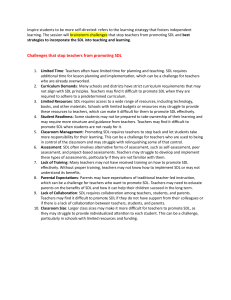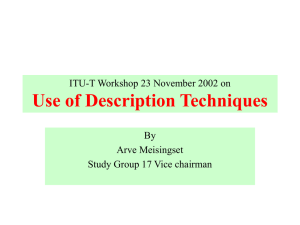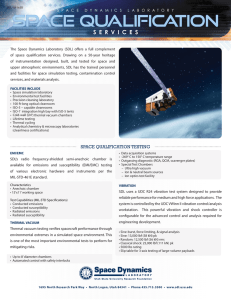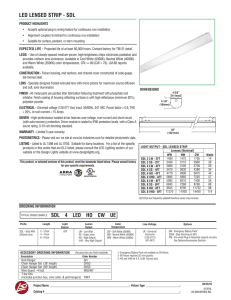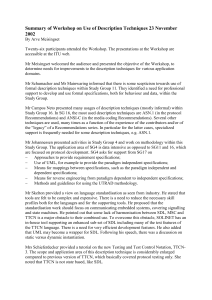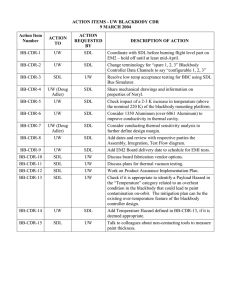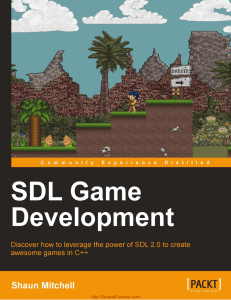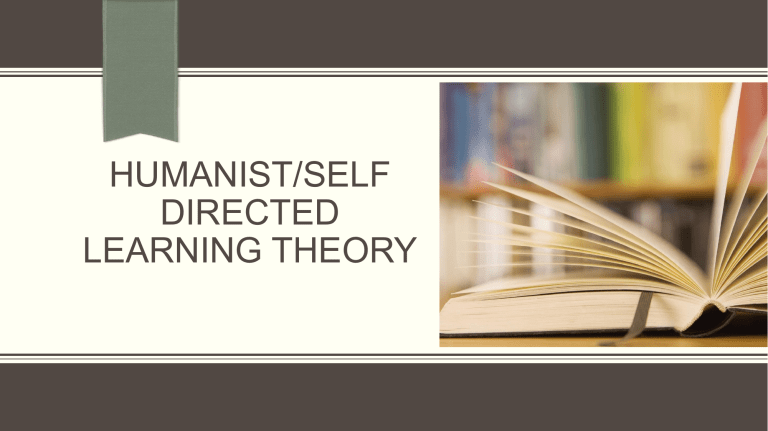
HUMANIST/SELF DIRECTED LEARNING THEORY Agenda Definition of learning in view of humanist theory. What is meant by self-directed learning? Relation between learning continuum and self-directed learning. Criticism on self-directed learning. Real-life examples. Group perspectives. Humanist theory Learning is viewed as a personal act aimed at fulfilling one's potential to become a fully functioning human being. Learning Is About the Development of the Person Example You discover that you enjoy cooking. You find it relaxing and creative and you feel a sense of accomplishment and pride when you share your dishes with friends. You decide you would like to learn more about a particular cuisine and you plan how you would like to learn this new cuisine. You might take a class, read a book, hire an expert, or experiment on your own. You would decide when you have learned what you want to know. Assess learning needs self-actualization Maslow's triangle Hierarchy of needs Self directed learning is firmly lodged in the humanist theory. Self directed learning (SDL) “SDL is a process in which individuals take the initiative, with or without the help of others, in diagnosing their learning needs, formulating learning goals, identifying human and material resources for learning, choosing and implementing appropriate learning strategies, and evaluating those learning outcomes” Knowle’s (1975, P.18) Knowles (1975) outlined a six-step process in planning self-directed learning. They are: Climate setting • Creating an atmosphere of mutual respect and support Diagnosing learning needs Formulating learning goals Identify resources Identifying human and material resources for learning Choosing and implementing appropriate learning strategies Evaluating learning outcomes Ratcliff, M.E. (2001). Self -Directed Learning and Learner -Control Sequencing: an Examination of the Relationship Between Two Instructional Delivery Systems and the Acquisition and Application of Subject Matter for Teacher Candidates. Fitting SDL into Medical education Simulations Computer assisted simulations MOOCs Problem based learning Role play Drill and practice exercises More,……….. In SDL, educators must provide learners the opportunity to develop and practice skills as: asking questions, critically appraising new information, identifying their own knowledge and skill gaps, and reflecting critically on their learning process and outcomes Criticism to Humanist/SDL Lack of absolute freedom Readiness to self directness Lack of collaborative and social context!!!!!!!!!!!!! Debate on Criticism to Humanist/SDL Taylor and Hamdy (2013) criticized SDL for lacking social context of learning and other forms of group learning. We know from our real-life experience that this is not the case. In SDL, students can: Collaborate for preparing presentations. Share their knowledge, thoughts and skills. Debate on Criticism to Humanist/SDL Supportive evidence to our debate: 1. Philip Candy (In Kaufman 2003) declared that among the 100 traits for SDL are the ability of learners to be collaborative. 2. Örs et al. (2018) suggested that the level of SDL readiness is expected to increase in higher semesters as students can discuss and share their opinions in specific clinical situation. Group perspectives SDL expands along the learning continuum as the student matures. Teachers carry the responsibility of learning the students how to learn (how to be student-centered). Teachers should find the opportunity in the curriculum for SDL. Self directness should be introduced gradually to the students as they mature. Teacher guidance and follow up for self directed learners is mandatory especially in the early stages of growth. Teacher should respect and develop learner individuality through education. Emphasis in SDL is on self-evaluation not on grading. References Abela, J (2009): Adult learning theories and medical education: a review. Malta Medical Journal; 21 (1): 11-18 Kaufman, DM (2003): ABC of learning and teaching in medicine applying educational theory in practice. BMJ; 326: 213-216. Merriam, SB and Bierema LL (2014): Traditional learning theories and selfdirected learning. In: Adult learning : linking theory and practice. 1st edition. The Jossey-Bass Higher and Adult Education Series Örs, M (2018): “The self-directed learning readiness level of the ¨ undergraduate students of midwife and nurse in terms of sustainability in nursing and midwifery education”. Sustainability; 10 (10): 3574. Taylor, DCM & Hamdy, H (2013): Adult learning theories: Implications for learning and teaching in medical education: AMEE guide No. 83. Medical Teacher; 35;e1561-1572.
